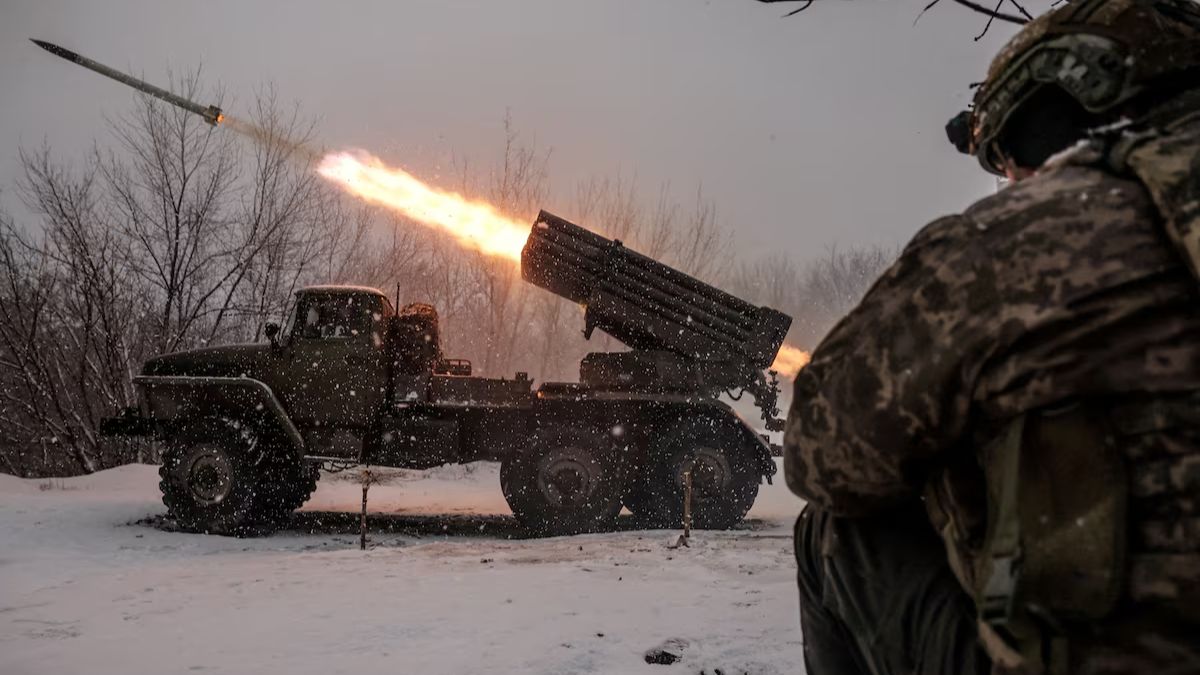The European Union (EU) members have in principle agreed on the proposals for a $168.3 billion (€ 150 billion) fund to boost Europe’s defences, an EU diplomat told Reuters on Monday.
The defence plan, the Security Action for Europe (Safe), has been agreed to at a time when the Russian invasion of Ukraine and Vladimir Putin’s shadow war on Europe has plunged the continent into its worst security crises since the World War 2.
The Safe plan will be finance through joint borrowing and give loans to EU members and certain non-EU European nations, such as Ukraine, for projects that bolster their defences and boost Europea’s arms industry, according to Reuters.
Over the past year, Europe has started moving towards greater self-sufficiency in terms of security and arms production as US President Donald Trump has undone the alliance with the continent that had stood for generations. While he had always been friendly with Russia, he has aligned himself completely with Putin in his second term and has made it clear that Europe could not count on US commitment to the collective defence principle of Nato.
On the campaign trail, Trump had said that he would encourage Russia to invade European allies and tell Russia “to do whatever the hell they want” if allies would not do his bidding. After winning the 2024 election, he declared he would annex Denmark’s Greenland island — forcefully if needed. Denmark is a Nato member.
Impact Shorts
More ShortsEU seeks to ‘Trump-proof’ security
With Trump now aligned with Putin, the principal European adversary, Europe is seeking to ‘Trump-proof’ its security.
With Safe, the EU will grant members and certain non-members like Ukraine loans to modernise their defences, buy equipment, and beef up their militaries in the face of Russian aggression.
To incentivise spending under the Safe plan, the EU has also triggered national escape clause (NEC), which allows countries to access and spend funds under the Safe plan without violating the fiscal rules — the provision allows EU members to bypass strict fiscal rules in exceptional circumstances, such as wars, natural disasters, or economic crises.
The SAFE plan, first outlined in March in EU’s Readiness 2030 white paper, is one of the many initiatives in Europe to safeguard the continent. Most of the Nato members now spend more than 2 per cent of their GDP on defence and the change came rapidly under the previous Joe Biden administration. In recent months, the United Kingdom and France have taken the lead in putting together a ‘coalition of the willing’ to support Ukraine with resources and soldiers as Trump has started to withdraw from supporting Ukraine and Europe.
)